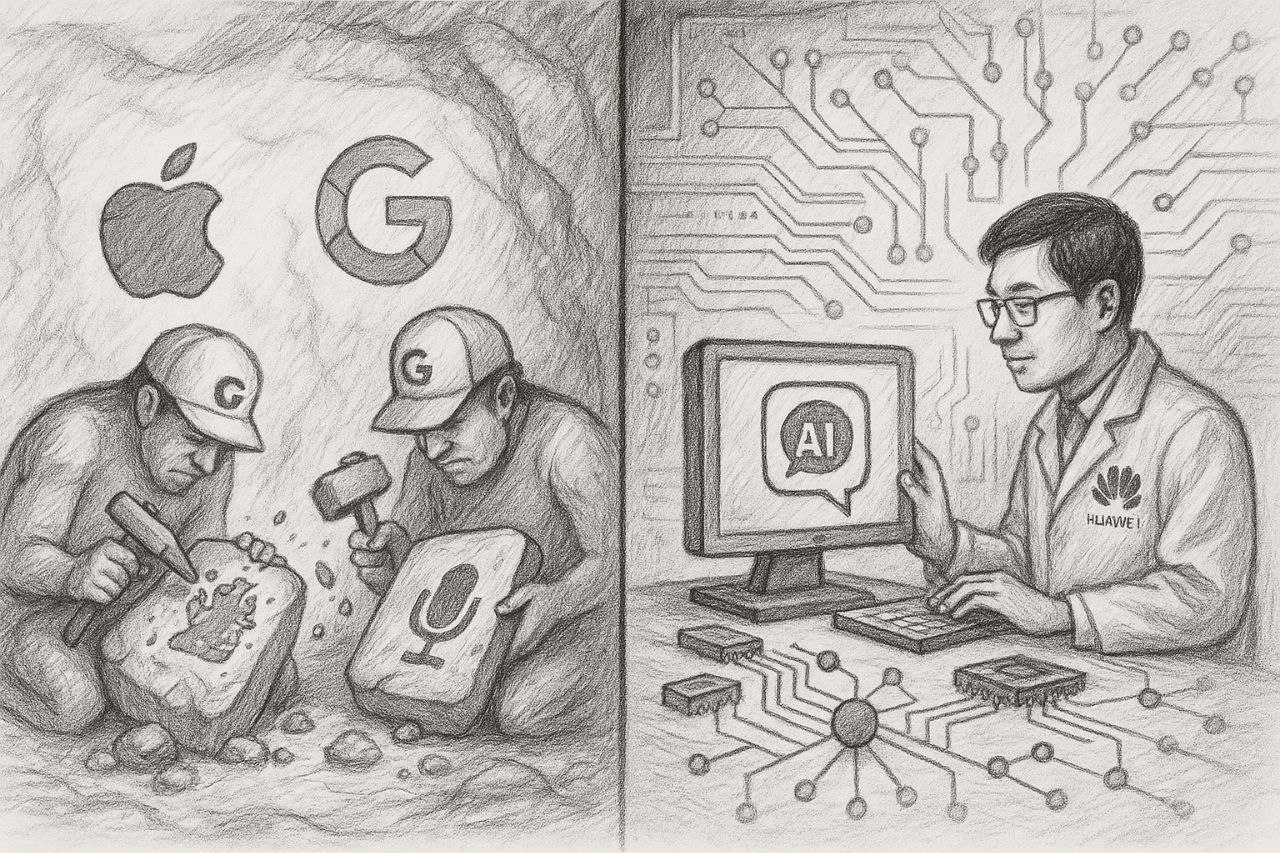
On June 21, Huawei released the beta for HarmonyOS NEXT. The key distinction of this new operating system isn’t a feature—it’s the architecture itself. AI agents are built directly into the OS, not as a plugin or an application, but as a fundamental component of the environment.
This isn’t a minor update. It’s a strategic move built on a completely new stack:
- AI Agent Framework: Enables the creation of agents without needing to train a large language model from scratch.
- Ecosystem Ready: The platform already has over 50 agents from partners like Weibo and Ximalaya, supported by more than 30,000 atomic, installation-free services.
- Pangu 5.5: The system is powered by Huawei’s own 718B-parameter NLP model.
But the real insight isn’t just the tech. Under sanctions, Huawei was forced to build its entire stack—from hardware and modems to the OS and app store. Now, they are taking the next logical step: embedding artificial intelligence as the new logic for device interaction.
This move signals that Huawei is no longer competing to be an ‘Android without Google.’ They are changing the entire field of play. The focus is shifting from a competition of interfaces to a new paradigm of operating systems, where AI isn’t an afterthought but the core of the user experience.